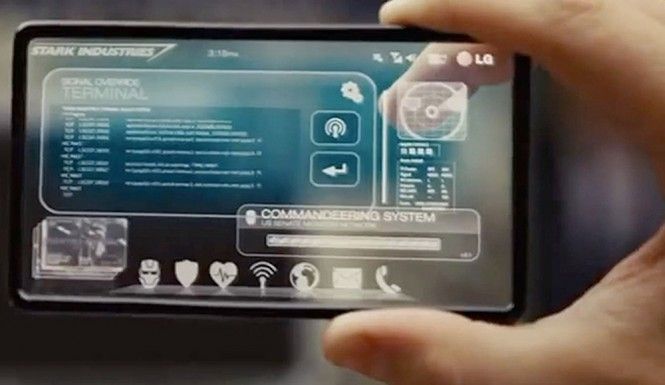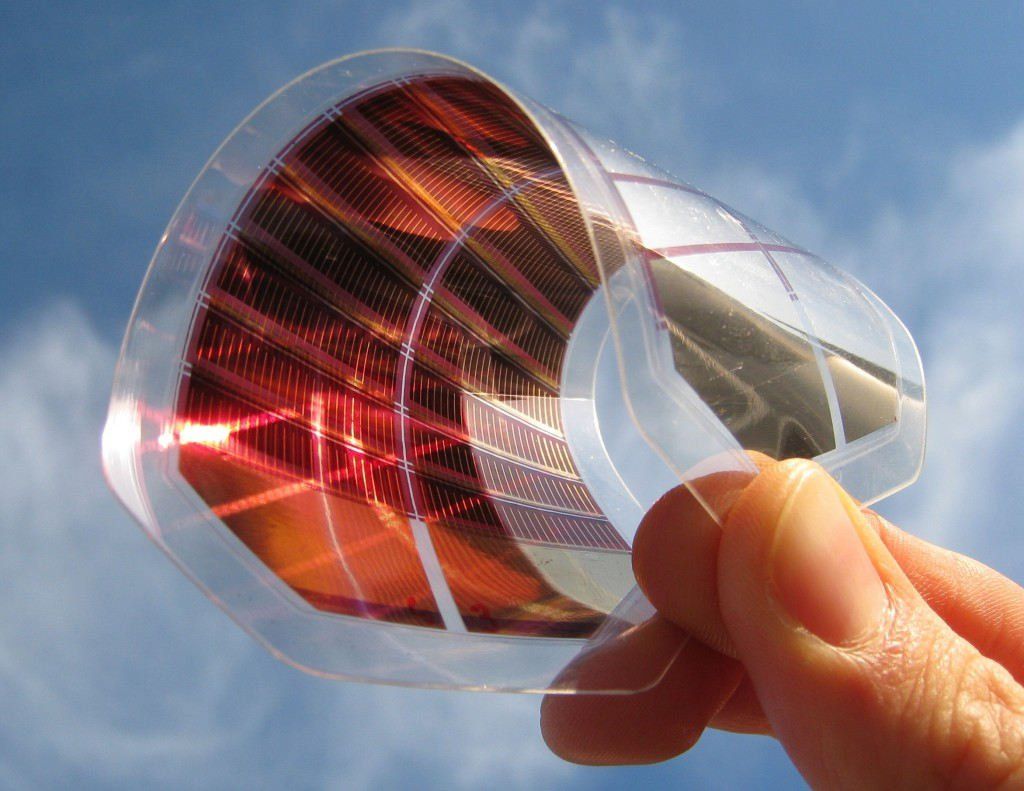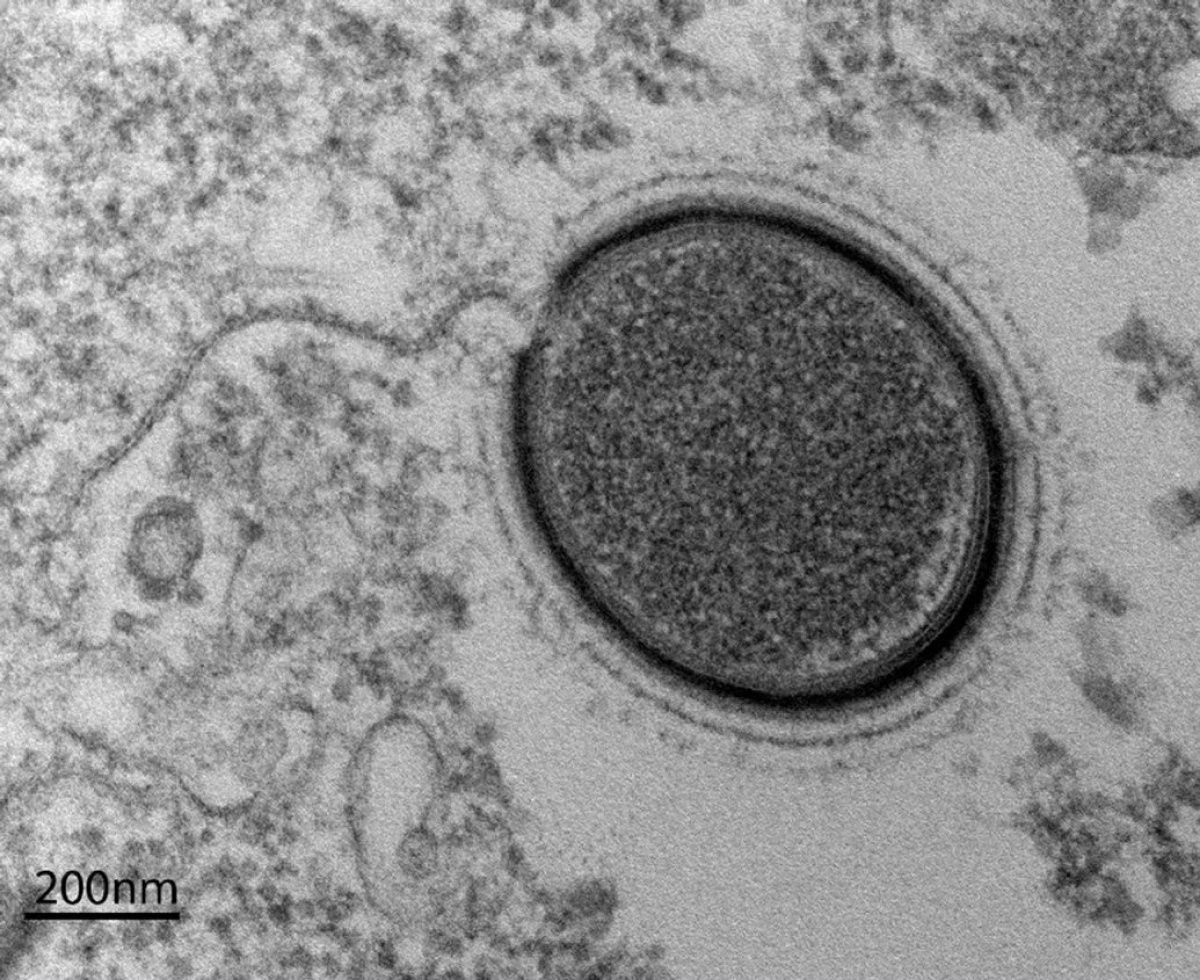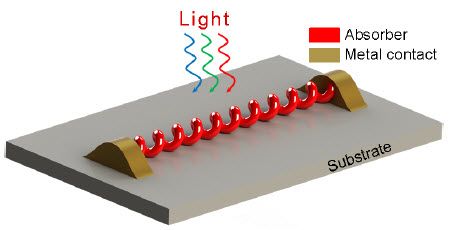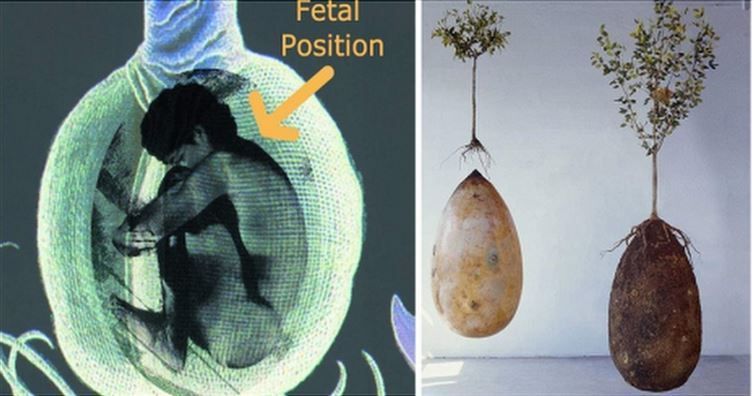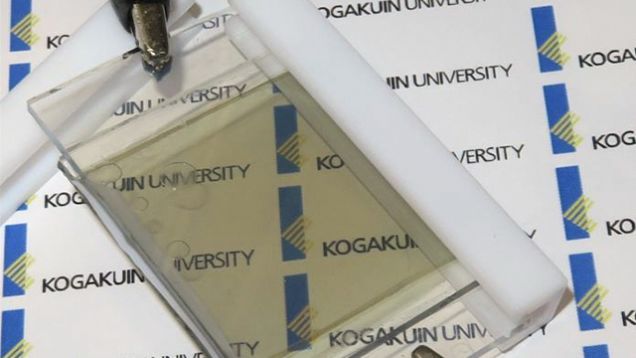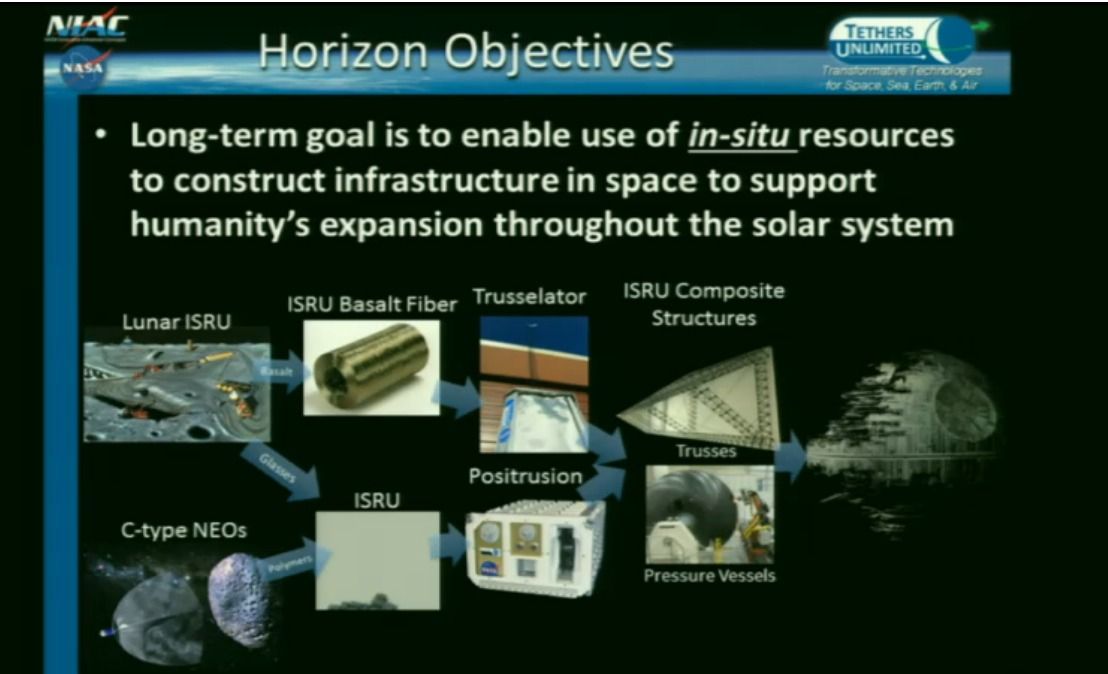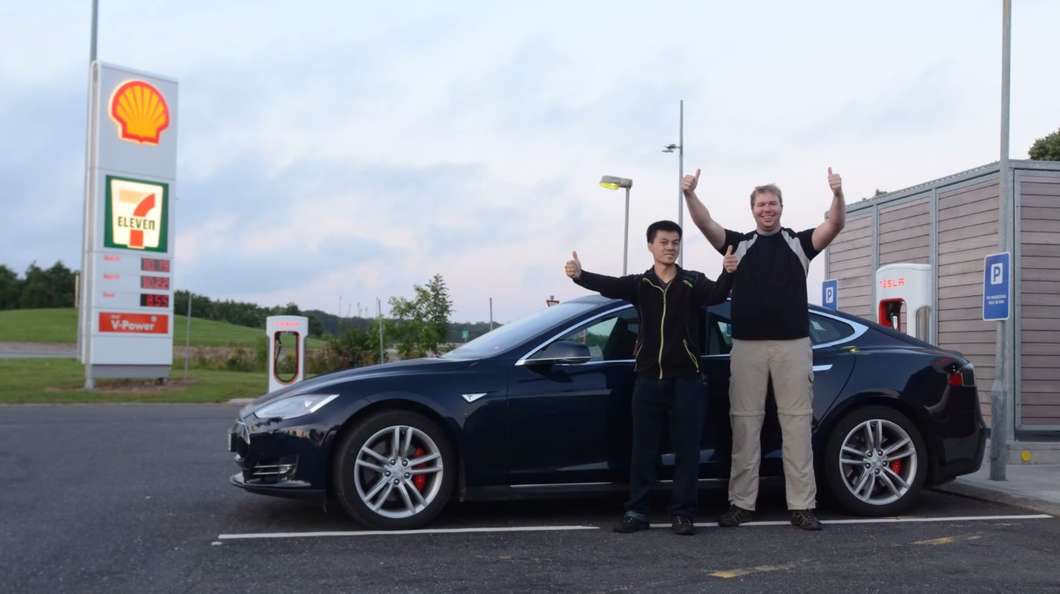Sep 15, 2015
This transparent solar-powered battery looks like a futuristic Tony Stark invention
Posted by Shailesh Prasad in categories: mobile phones, solar power, sustainability
Remember Iron Man’s transparent smartphones They might become reality sooner than you think thanks to an unusual new type of battery that’s not only transparent, but it can also charge via solar power. The technology could also be used for other products in the future, such as smart office and home windows that would be able to let the sun’s light pass through them, but also recharge and store energy.
DON’T MISS: LG’s incredible new mini projector can beam a 100-inch screen from about a foot away
Developed by a team of researchers at the Kogakuin Univeristy, the lithium ion battery is not entirely transparent, as it contains the same chemical compounds that make any battery work. Furthermore, when exposed to sunlight, the battery becomes slightly tinted, transmitting 30% less light – but it’s still transparent. When fully discharged, the light transmittance rises to approximately 60 percent, TechXplore reports.
